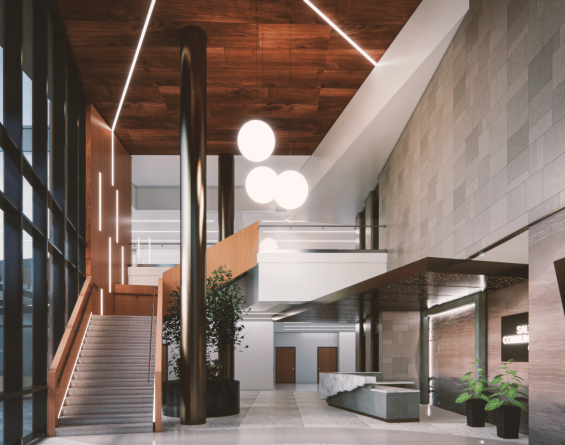Balancing Collaboration and Accountability: How Construction Administration Protects Healthcare Projects in the Nation’s Most Complex Environments
December 15, 2025

Interior design plays a pivotal role in shaping the environments where healing, recovery, and critical care take place. In federal healthcare settings—where efficiency, accessibility, and patient outcomes take precedence—design is not merely aesthetic. Design becomes a tool for better functionality, safety, and dignity. As the demand for high-performing, human-centered facilities grows, so does the responsibility of interior designers to create spaces that meet the moment while carrying them into the future.
In recent years, federal healthcare design has shifted from utilitarian spaces to environments that prioritize wellness, resilience, and inclusivity. Interior designers are at the forefront of this transformation, leveraging thoughtful material choices, biophilic elements, and intuitive layouts to create settings that enhance clinical performance while promoting comfort for patients, families, and staff. These design decisions are not superficial—they are strategic interventions that improve healing outcomes and operational efficiency.
Working within the unique parameters of federal healthcare—such as strict security protocols, accessibility mandates, and specialized patient populations, designers must blend creativity with compliance. They are innovating within the built environment by incorporating evidence-based design, trauma-informed practices, and technologies that adapt to evolving healthcare delivery models. This work not only meets regulatory demands but also elevates the quality and equity of care delivered across federal facilities.
As this discipline continues to evolve, the most effective design leaders are those who understand the nuance between compliance and innovation. They listen to providers, respect user experience, and champion design solutions that support both clinical outcomes and operational flow. In doing so, they are not just shaping interiors, they are shaping the future of federal healthcare.
The work is ongoing, and the stakes are high. But in every finish schedule, floor plan, and furniture layout, there is a chance to do something bigger than design a space—there’s a chance to elevate the standard of care for those who serve.